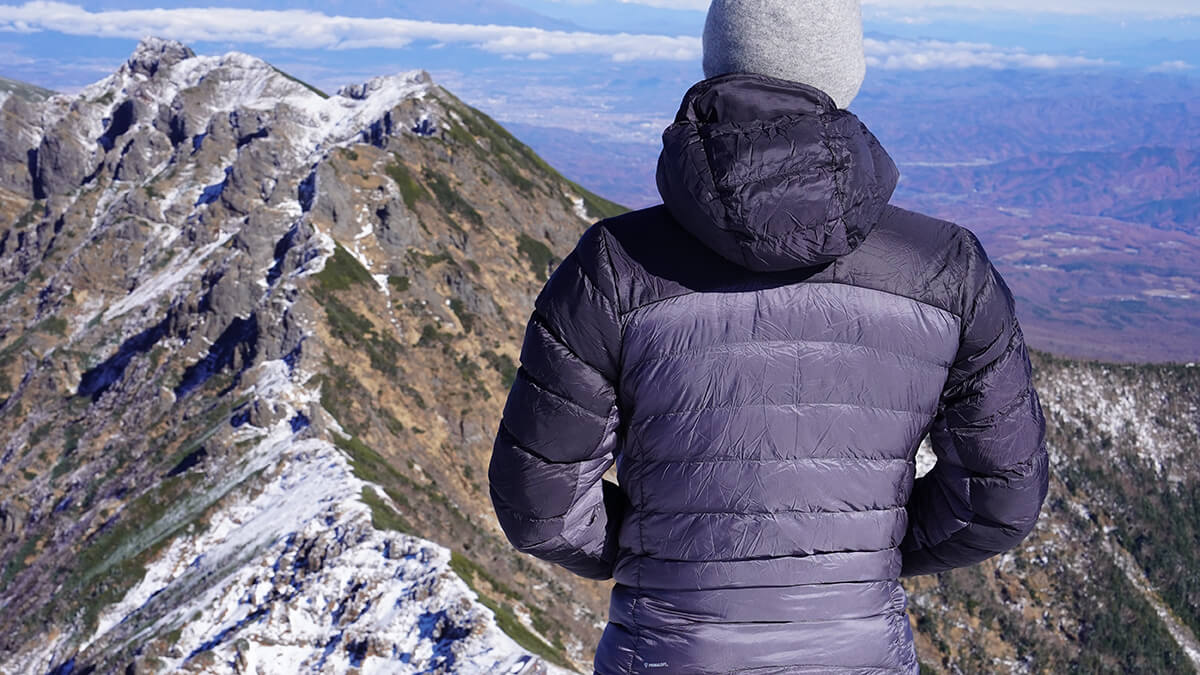
[Fall/Winter 2025] We've selected the best synthetic insulation for fall/winter outdoor activities from approximately 200 models, and here are some tips on how to choose the right one.
When layering winter outdoor wear, the key to comfort is choosing the right mid-layer, which keeps you warm and allows sweat to escape.
There are many different types of mid-layers depending on the season and their role, but as someone who has been involved in mountain climbing and winter sports for decades, the one I have relied on for the longest time is an insulated jacket with synthetic padding.
It's true that down jackets are superior in terms of lightness and warmth alone, but synthetic insulation is superior in terms of resistance to stuffiness and wetness.Fleece is also resistant to stuffiness and wetness, but it can't match synthetic insulation in terms of lightness, compactness, and heat retention.From this overall perspective, synthetic insulation jackets are essential clothing for a variety of outdoor activities in the cold season.
So, this time, Outdoor Gearzine has compared approximately 200 models of synthetic insulation jackets currently available on the market from various angles, using its own unique perspective, to select the best models for various uses, situations, and preferences.In the second half of the article, we will also introduce some points to consider when choosing the perfect jacket for you.
Please note that we are only introducing one or two items in each category here, but you can view the other best candidates and a comparison table of all 196 items by becoming a member .
Outdoor Gearzine's content is made possible by your support. If you're interested, please consider becoming a member!
All recommended synthetic insulation jackets and a comparison table of all 196 models are available with a paid membership.
table of contents
- Vests and synthetic insulation jackets for different occasions, purposes, and preferences
- 1. Best all-purpose synthetic insulation (my first one)
- 2. Autumn Hiking and Mountain Climbing Vests
- 3. Winter hiking and mountain climbing vests
- 4. Best Active Insulation: Great with a Shell Layer
- 5. Autumn/Winter Running Vest
- 6. Vest for high-season backcountry skiing
- 7. A multi-purpose vest that can be used year-round as cold weather wear in spring and summer and as active wear in autumn and winter.
- 8. A vest you'll want to take with you on a hard climb in the dead of winter
- 9. Vest for light activities at ski resorts
- 10. Best Low-Cost All-Around Synthetic Insulation
- 11. Low-cost Best Active Insulation (filling only)
- 12. Low-cost Best Active Insulation (with shell)
- 13. Best belay jacket with exceptional insulation and weather protection
- 14. Ultralight Vest with Synthetic Insulation
- 15. Ultra-lightweight, warm vest with synthetic insulation
- Key points for choosing the right synthetic insulation
- summary
Vests and synthetic insulation jackets for different occasions, purposes, and preferences
1. Best all-purpose synthetic insulation (my first one)

milestone Heatwave Titanium Hoody
First, we'll start with a model that can be described as "all-purpose cold weather clothing," one that fulfills the original role of synthetic insulation while remaining highly versatile even in today's world, where uses, activities, and situations have become increasingly specialized. Many models are long-selling classics, but have steadily evolved over the years to fit modern needs. Among them, the milestone Heatwave Titanium Hoody is a promising new addition. It features Climashield® insulation, which combines lightness with high levels of insulation, and a titanium sputtered lining, cleverly maximizing warmth despite its light weight.
2. Autumn Hiking and Mountain Climbing Vests
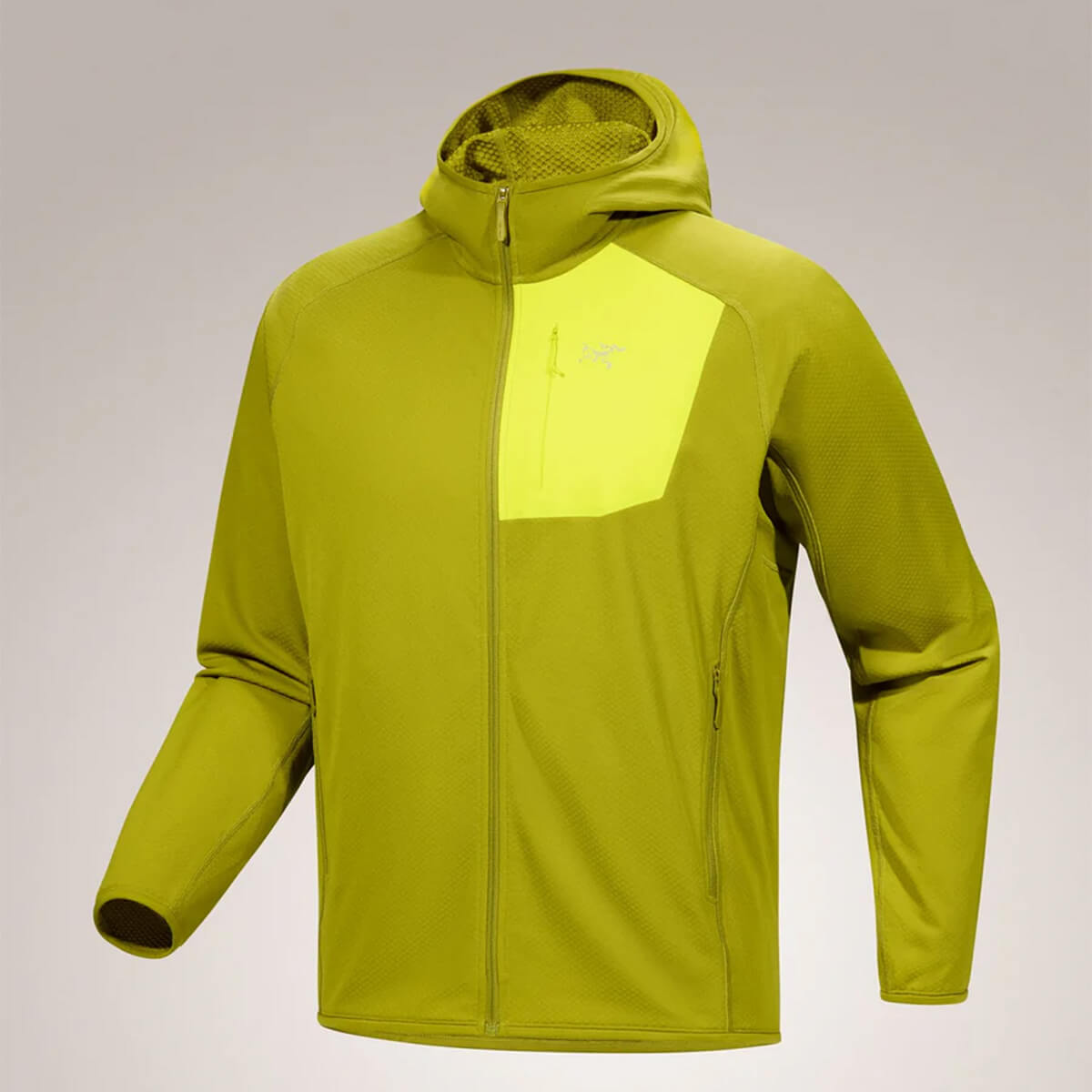
Arc'teryx Delta Hoody
Active insulation, which has enhanced breathability and sweat-management capabilities to reduce discomfort even in cold weather, is ideal for hiking and mountain climbing. However, even such insulation doesn't provide much warmth, and it can be cold if the padding is too exposed and the wind is too harsh. Therefore, it's best to have insulation that is breathable yet offers adequate wind resistance, stretches for easy movement, and is as thin and lightweight as possible. Based on these criteria, our recommendations are listed below. The Arc'teryx Delta Hoody 's OCTA and Delta Peak combination and the Rab Evolute Hoody 's PrimaLoft Active Evolve and Motiv Aero combination are particularly excellent. If you prefer a little more wind resistance, the Patagonia Nano Air Ultralight Full-Zip Hoody is also convenient and can be used year-round.
3. Winter hiking and mountain climbing vests
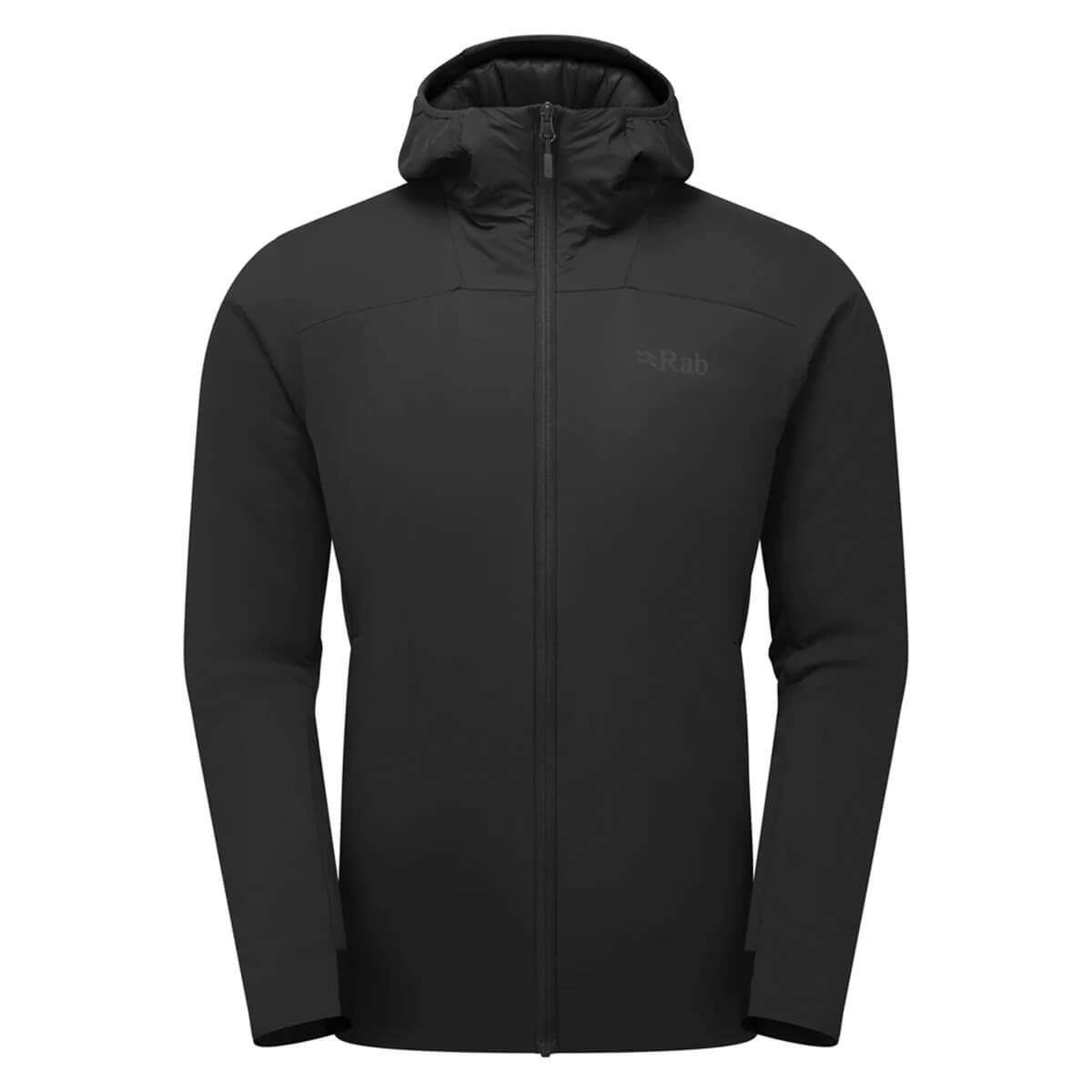
Rab Xenair Alpine Flex Jacket
Based on the above features, we've selected active insulation models that are likely to be suitable for colder temperatures and snowy mountains. While they aren't as breathable as the second model, they offer enough wind resistance to keep out the wind and cold. Furthermore, both models feature highly breathable, quick-drying padding, allowing moisture and sweat to escape. Stretch materials and side stretch panels ensure ease of movement. They also offer adequate protection from the winter chill, making them suitable for outerwear. Our recommendation for the jacket with the best balance of these features is the Rab Xenair Alpine Flex Jacket . It features a windproof, breathable, and stretchable Pertex Quantum Air outer shell, breathable Primaloft Gold Insulation Active+ padding, and stretch fleece side panels, making it flawless down to the last detail.
4. Best Active Insulation: Great with a Shell Layer
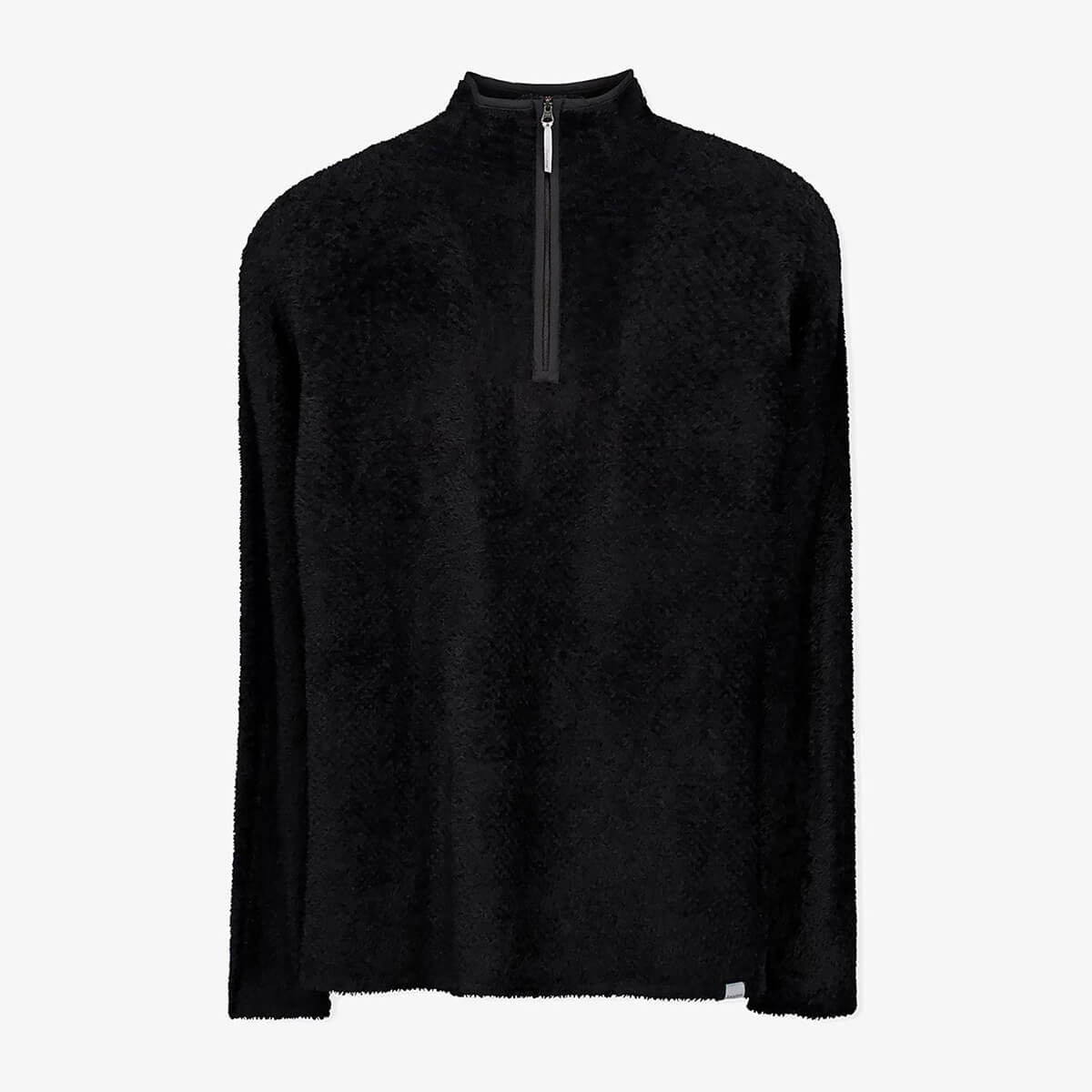
Houdini Lykan Half Zip
Active insulation, which is so-called "exposed padding" insulation that does not have the outer and inner layers that padding normally has, is incredibly light and has extremely high heat retention and breathability, making it a double-edged sword. When you actually use it, it's great when you like it, but when it's cold and windy, you need to pair it with an outer layer, or when you get sweaty, you need to take it off and expose yourself to the wind directly, so you'll understand that it's important to combine it with other clothing to maintain just the right level of comfort depending on the situation.
If you plan to use it with layering in mind, the exposed style of Active Insulation makes perfect sense. In my case, when backcountry skiing in the dead of winter, I often wear this type as a mid-layer under a shell and keep the shell on.
Here, we would like to consider models that go beyond simply using Alpha Direct or OCTA, but that also take into consideration ease of movement, thickness, and durability.
In that sense, the item that caught our eye the most this season was the new Houdini Lykan Half Zip . It uses Airweb Knit™, a knit fabric created by combining Teijin's Waveron™ and Deltapeak™ yarns, which are highly regarded in certain circles, with Shima Seiki's 3D knitting technology, which has also been dominating the industry for several years. It's incredibly soft, lightweight, and stretchy with a brushed feel, and the seamless, whole garment construction makes it feel amazing against the skin. Its excellent insulation, breathability, and moisture absorption make it more than adequate for activewear.
5. Autumn/Winter Running Vest
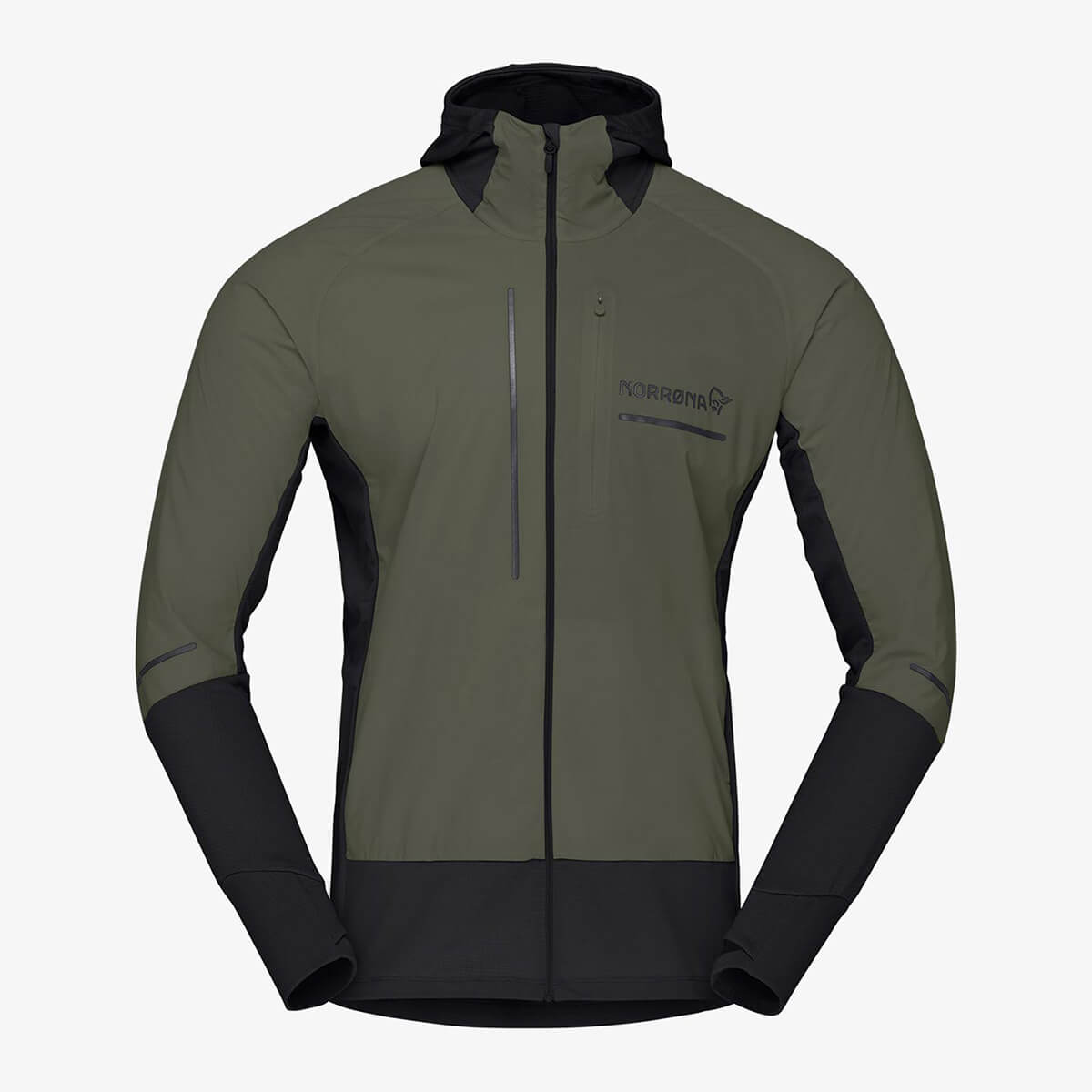
NORRONA senja Alpha90 Zip Hood
For running, it's important to have not only active insulation, but also excellent mobility, a comfortable fit, and the ability to wick away sweat. As the weather gets colder, high wind resistance in the body and front is also required.
The NORRONA Senja Alpha90 Zip Hood is a mid-layer from Norrona's Senja series, a trail running line that I've recently become very fond of. It's designed with precise calculations, including areas that retain heat and areas that release it, and is lined with highly stretchable fleece, to provide a lightweight yet effective balance of warmth, breathability, and durability.
6. Vest for high-season backcountry skiing
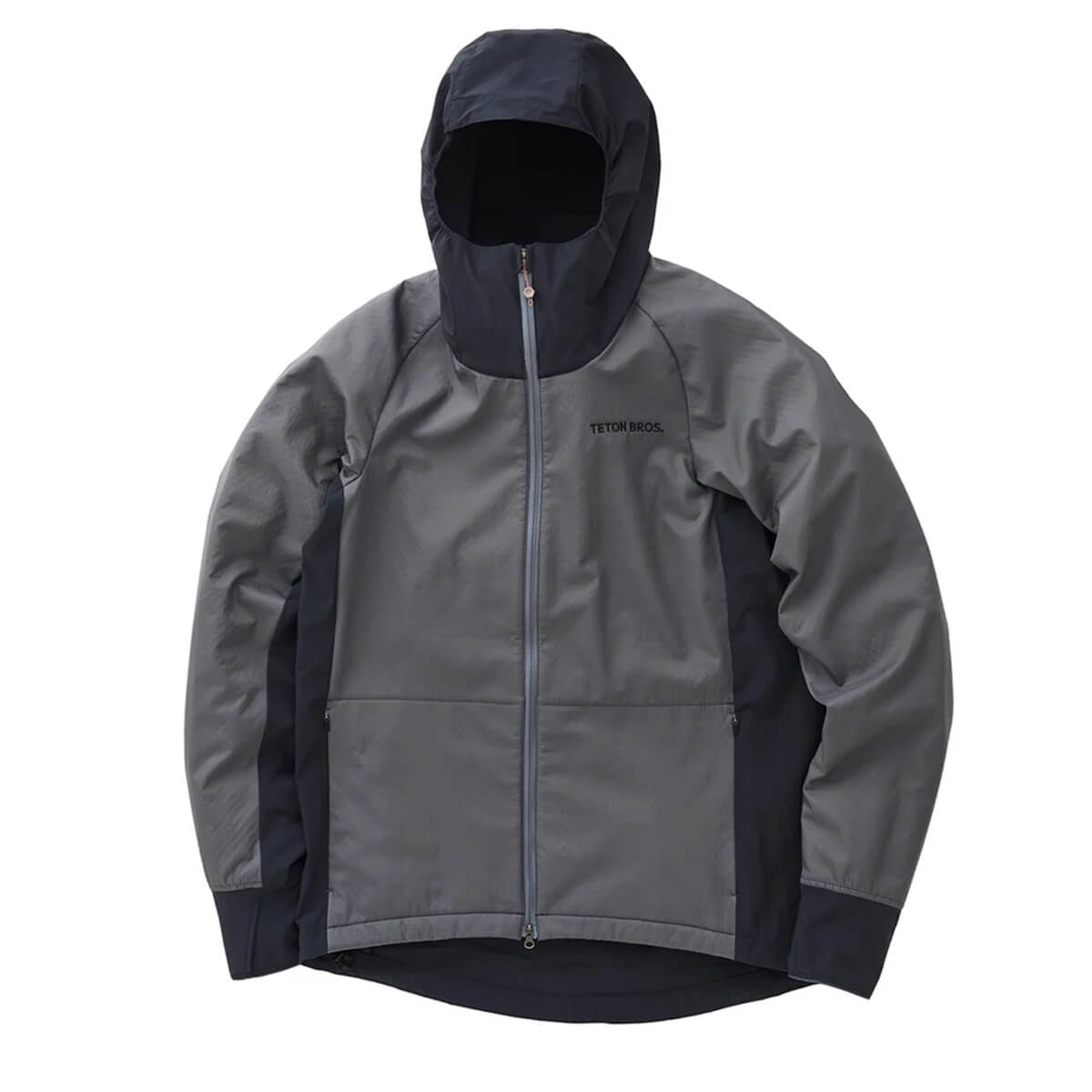
Teton Bros. Sub Hoody
When thinking of winter clothing for backcountry skiing, the basic idea is to use active insulation that combines heat insulation with breathability and quick-drying properties, taking into account sweat removal when hiking through the forest. Furthermore, it's best to use a windproof and water-repellent outer fabric that provides adequate wind protection when climbing up ridgelines. Furthermore, something with sufficient mobility around the shoulders and elbows is ideal. Incidentally, my favorite jacket, which I used until last year, is still the the Teton Bros. Sub Hoody Patagonia Nano Air Ultralight Freeride Jacket from the Nano Air series, which has been adapted for backcountry skiing this season. As you'd expect from Patagonia, it offers an excellent balance of wind resistance, breathability, warmth (fabric thickness), and ease of movement.
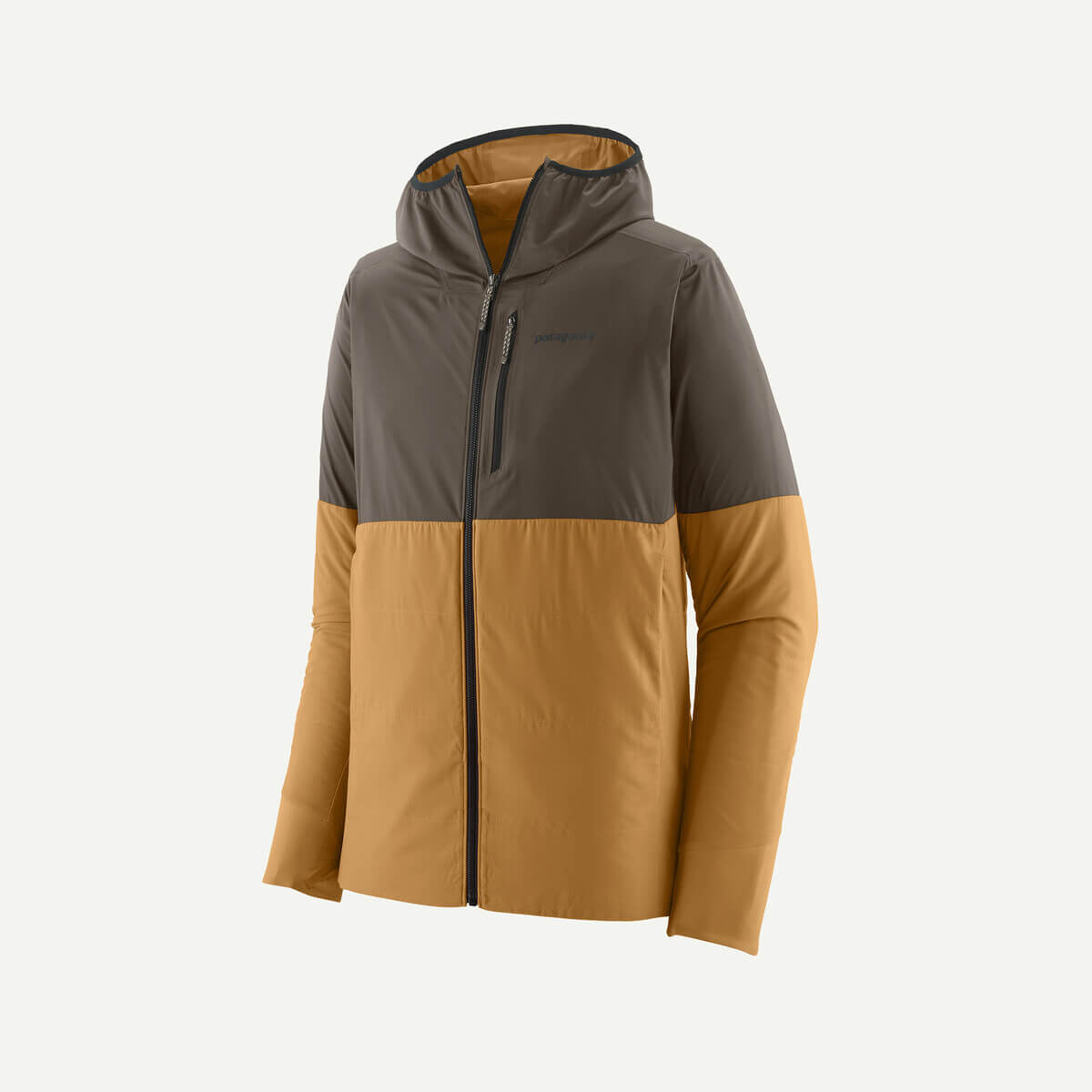
Patagonia Nano Air Ultralight Freeride Jacket
7. A multi-purpose vest that can be used year-round as cold weather wear in spring and summer and as active wear in autumn and winter.
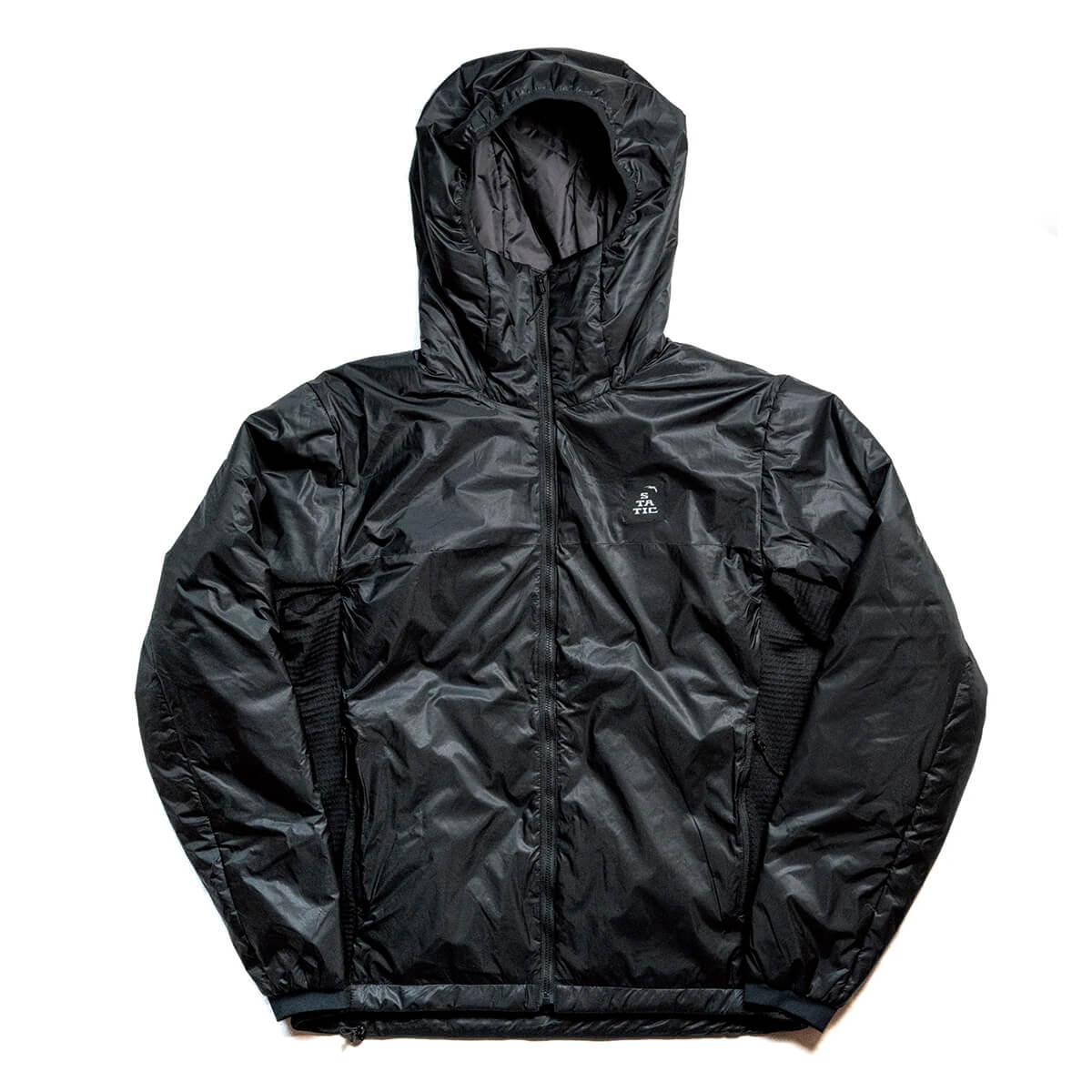
STATIC AFTERBURNER HYBRID HOODY
Lightweight and compact enough to be tossed in a backpack as a lightweight winter jacket in spring and summer, yet highly insulating enough for fall and winter activewear, this highly practical model can be used year-round. The "STATIC AFTERBURNER HYBRID HOODY" is the best, boasting lightweight "AIR FLAKE®" synthetic down insulation with a lofty 850FP rating and a titanium-coated lining for maximum performance within a limited weight . The side panels from the hem to the underarms are also lined with Polartec® Power Grid™.
8. A vest you'll want to take with you on a hard climb in the dead of winter

Rab Cirrus Ultra Hoody
This tough winter garment prioritizes insulation and durability, providing warmth, comfort, and loft for the perfect winter mountaineering experience. While many models now use PrimaLoft® ThermoPlume® as the insulation, its down-like lightness, fluffy feel, and high insulation are of such high quality that it makes you realize that synthetic fibers have finally reached a level comparable to down. The Rab Cirrus Ultra Hoody , is a versatile and versatile model that fully demonstrates Rab's technological prowess. Its compact storage makes it ideal for winter mountaineering.
9. Vest for light activities at ski resorts
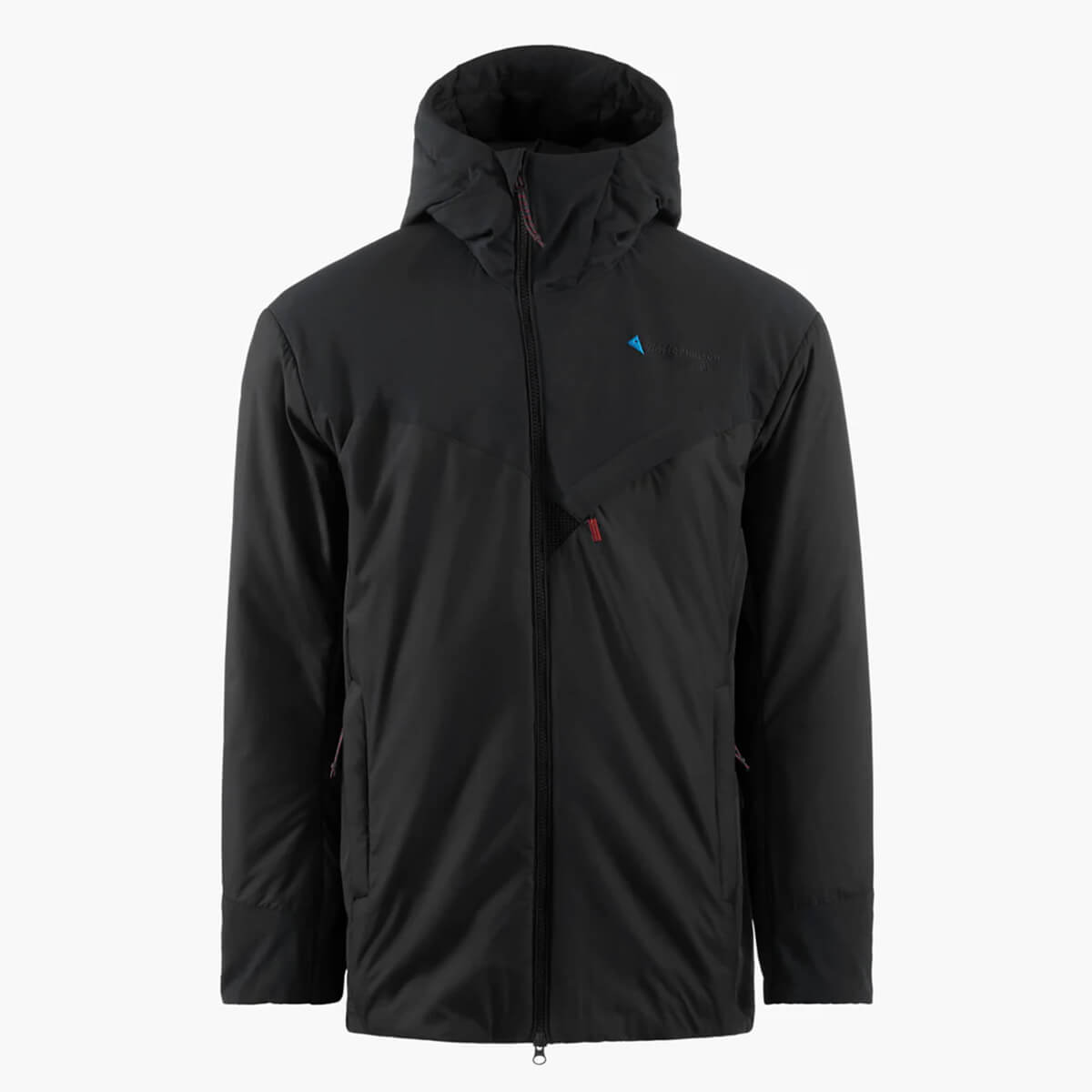
Klättermusen Urd Light Stretch Hood Jacket
If you're planning on relaxing at a ski resort in the freezing cold, you'll want a piece of winter gear that's reasonably breathable, quick-drying, warm, and easy to move in. In that case, it's ideal to combine stretchy padding with a shell fabric, and to place stretch panels in movable areas to allow for ease of movement. The Klättermusen Urd Light Stretch Hood Jacket .
10. Best Low-Cost All-Around Synthetic Insulation
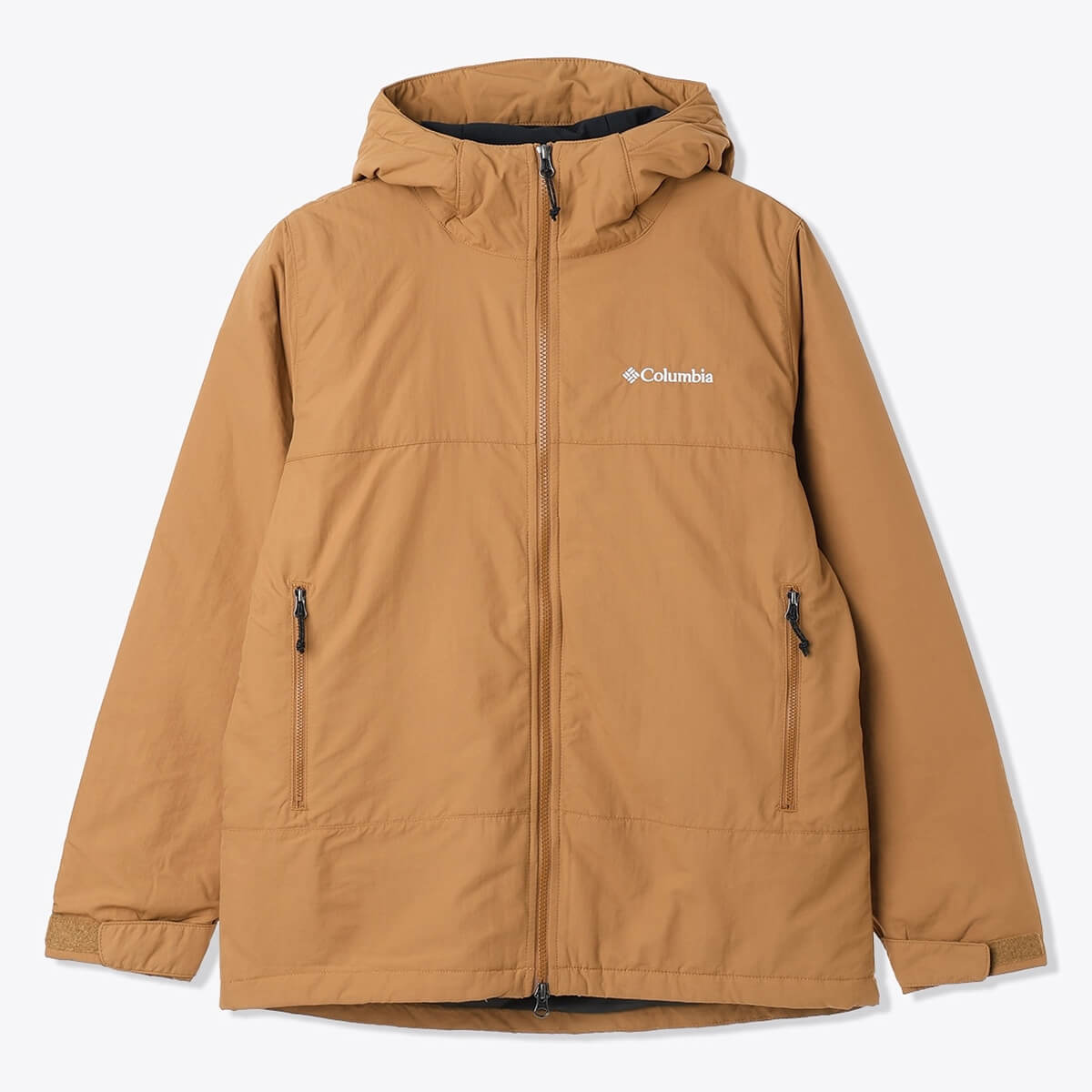
Columbia Labyrinth Canyon II Jacket
Here we've picked out some models with great value for money. Montbell remains strong when it comes to versatile, simple synthetic winter clothing, but the Columbia Labyrinth Canyon II Jacket is surprisingly even cheaper than Montbell. There are also other great bargains from other surprising brands. If you look, you'll find them.
11. Low-cost Best Active Insulation (filling only)
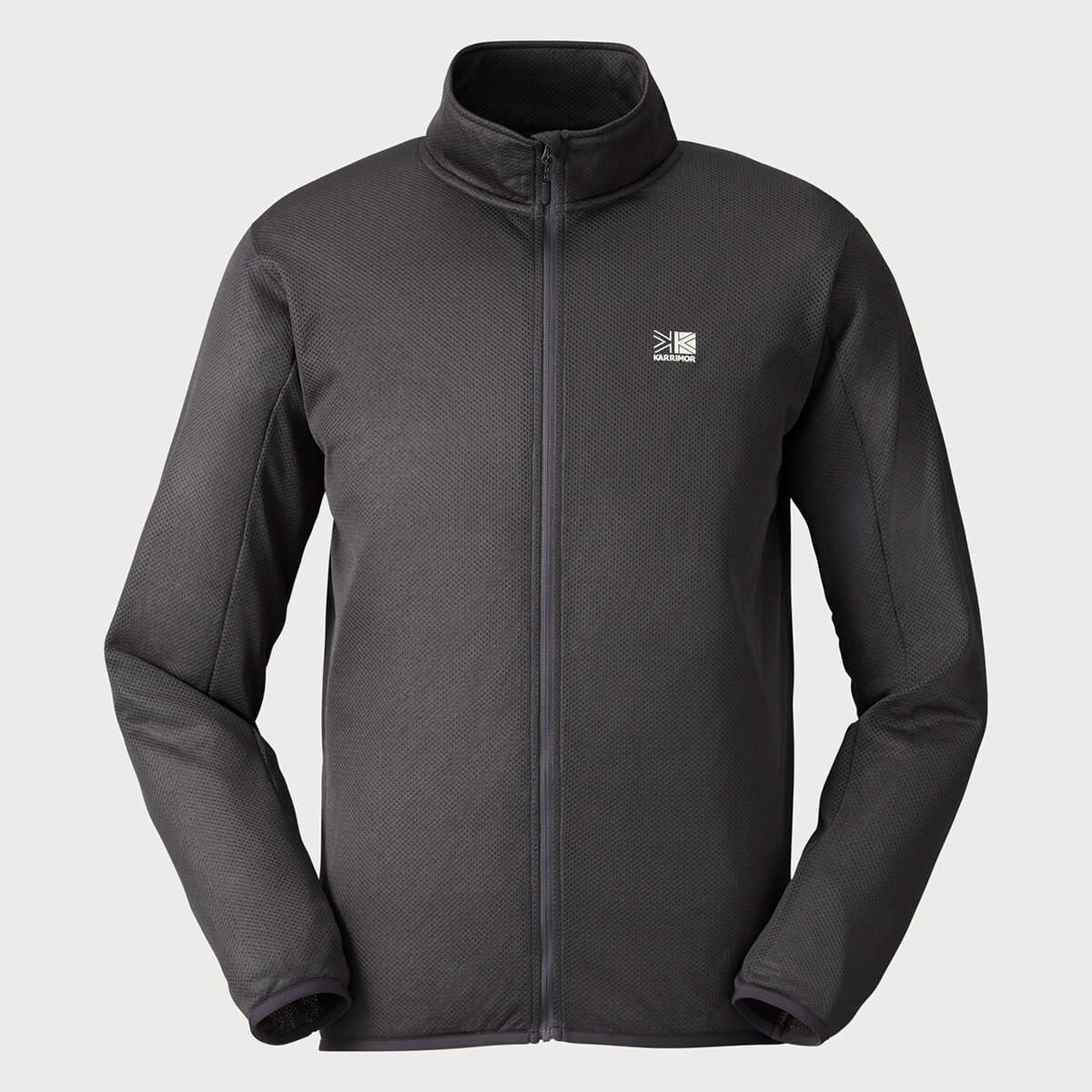
Karrimor Octa Mountain Zip-Up
Of the exposed active insulations that have sprung up like mushrooms after a rain, which are currently the most readily available? Karrimor! Manhar! AxisQueen! All three are top-tier brands that use OCTA. This Mountain Hardwear model was around from the beginning of this trend, and I still wear it, even though the lining is still smooth. Polartec Alpha Direct offers a great deal on Taiwan's ULSUS.
12. Low-cost Best Active Insulation (with shell)
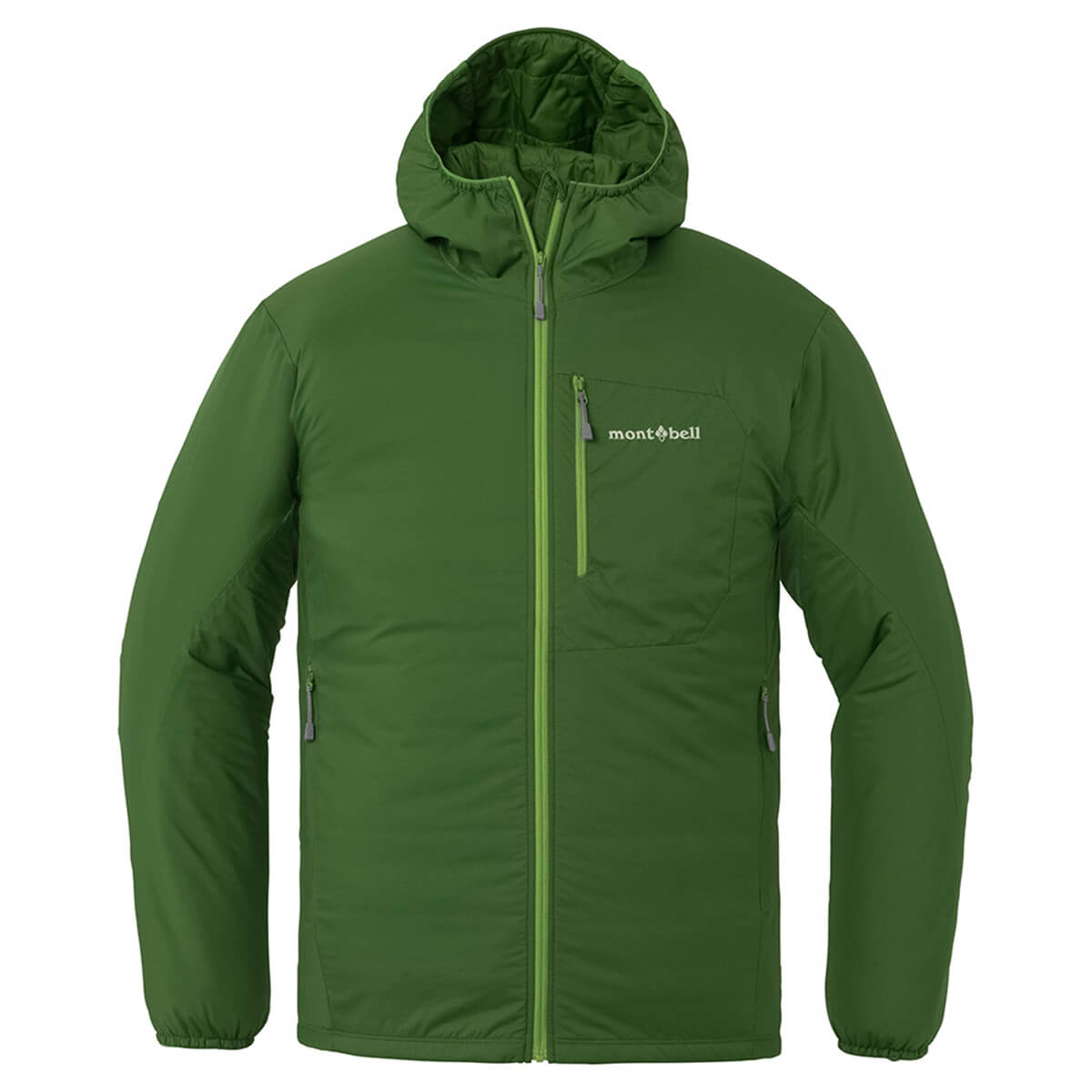
Mont-Bell EX Light Thermawrap Parka
Montbell has been making the lightweight, highly breathable insulation "Exceloft" since before the term "active insulation" even existed, and it's great that their prices remain generally low.
13. Best belay jacket with exceptional insulation and weather protection
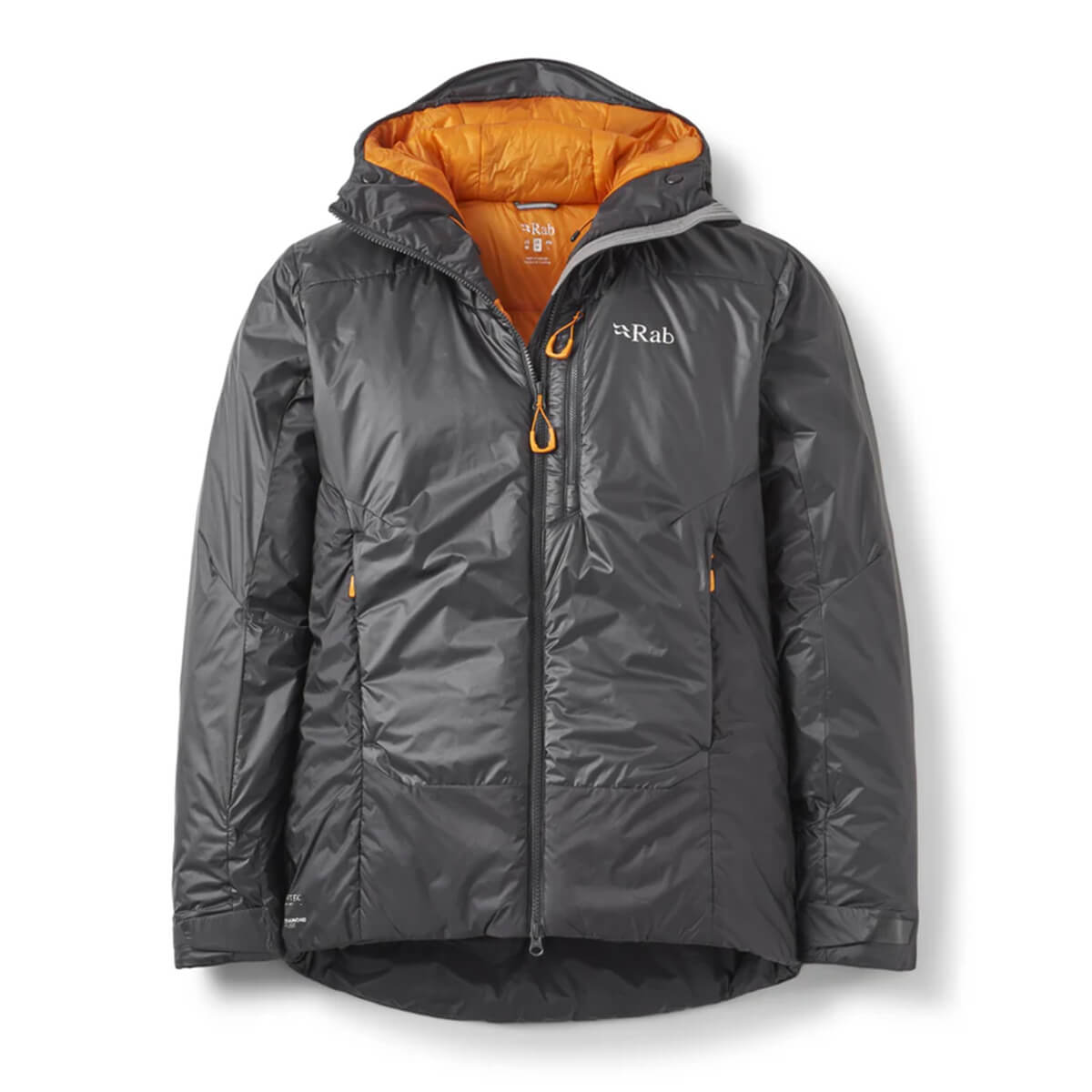
Rab Generator Alpine Jacket
This belay jacket offers outstanding insulation and weather protection for belayers who must stay in a stable position in the freezing cold while snow falls from above. Many of the models featured here use PrimaLoft® CROSS CORE technology, which offers the highest level of insulation per weight. As these are models for extreme use, no compromises were made. The focus here is on the Rab Generator Alpine Jacket . It's unbelievably expensive.
Related Articles
14. Ultralight Vest with Synthetic Insulation
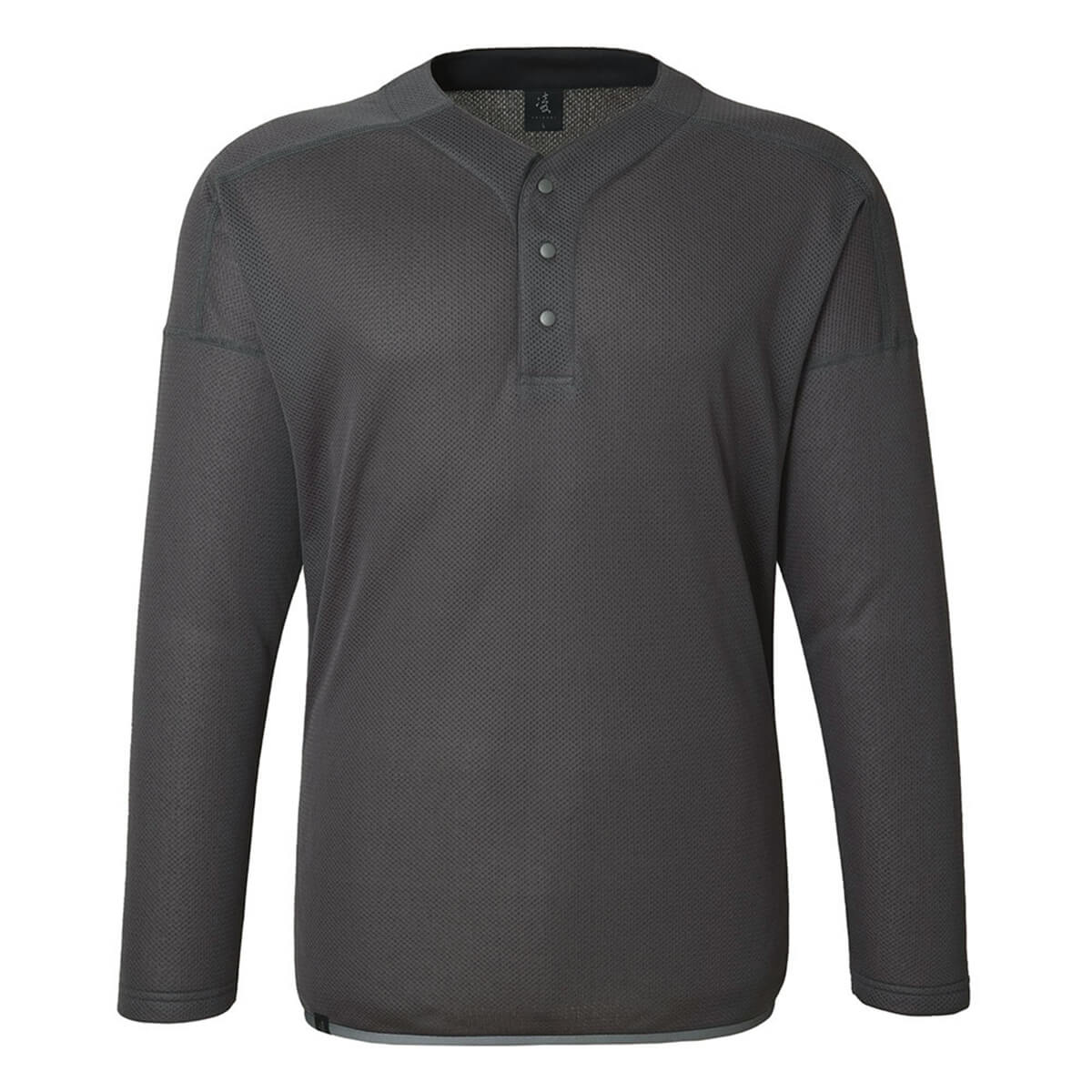
Axes Queen Calfskin Sweater
What's the perfect piece of clothing for ultra-lightweight hikers who want to stay as light as possible even in winter? Well, if you're wearing it all the time, it's not a big deal, but the Axis Queen Calfuwa Sweater . Since it's a very exposed jacket, you'll need to use it in combination with rainwear or some other ingenuity to keep the wind out.
15. Ultra-lightweight, warm vest with synthetic insulation
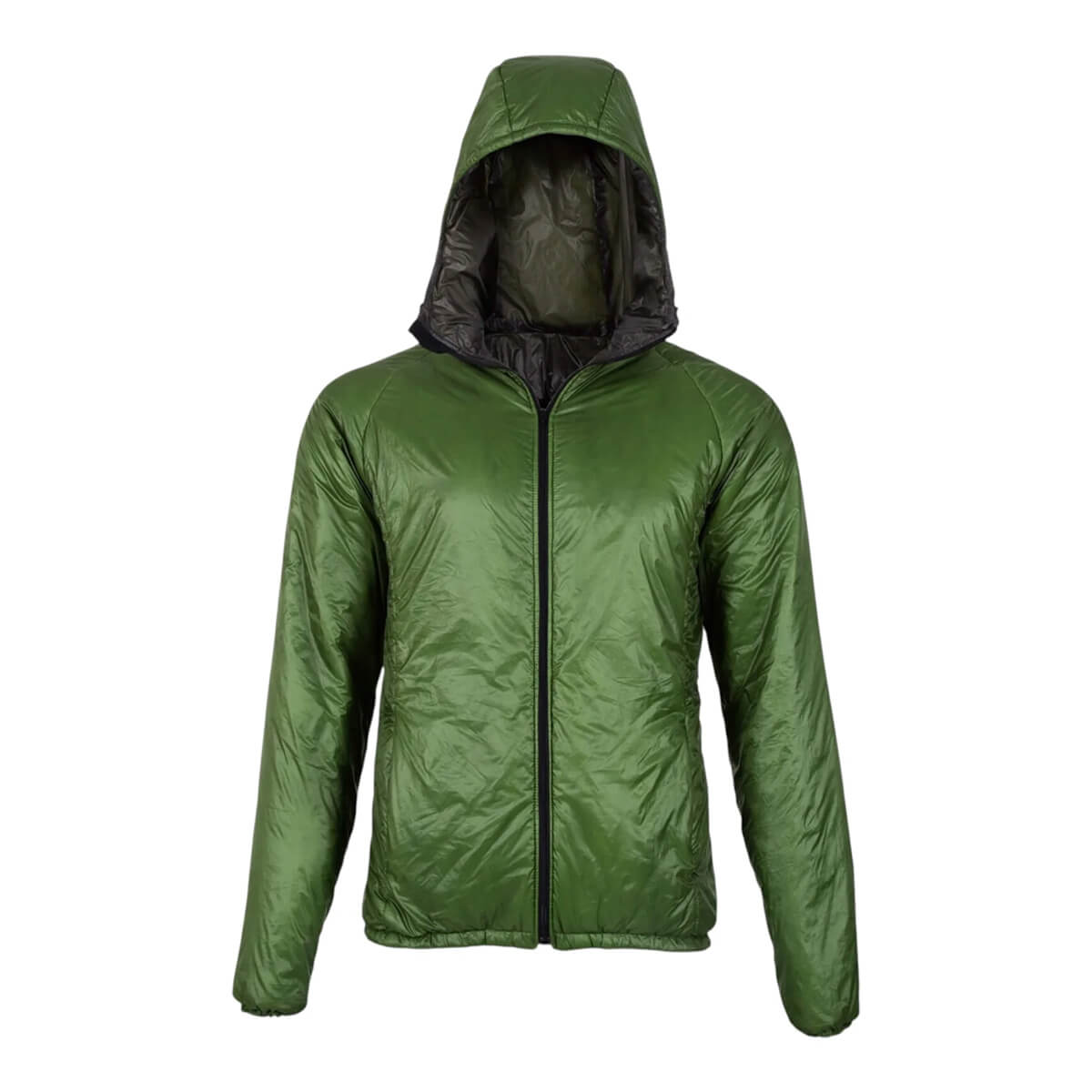
ENLIGHTENED EQUIPMENT Torrid Jacket
This is an ultra-lightweight model that can be used as additional cold weather gear and is useful when on ridges or sleeping. The ENLIGHTENED EQUIPMENT Torrid Jacket Patagonia Micro Puff Hoody , which uses a unique down-like padding, is also comparable
Key points for choosing the right synthetic insulation
Point 1 (Prerequisite): Know about layering
Before we move on to discussing synthetic insulation jackets, let's briefly review the concept of "layering," which is the basis of mountain dressing.
In the outdoors, "layering" refers to the theory of "how to layer" clothes, which is necessary to stay as safe and comfortable as possible in harsh natural environments. Layering combines advanced functions that cannot be achieved with a single piece of clothing, such as quickly expelling moisture from clothing, mainly caused by sweating, keeping the body dry and maintaining a constant body temperature (insulation), and blocking out outside air, rain, and snow. Another benefit of layering is that by wearing multiple layers of clothing, you can adjust your comfort by removing or putting on clothes depending on the situation.
However, it's not enough to just layer whatever you want; what you layer, how you layer it, and in what order is important. Roughly speaking, a layering routine is completed by layering the following three layers, each with an important function, in order from the layer closest to the skin.
Base layer: absorbs sweat and passes it on the outside
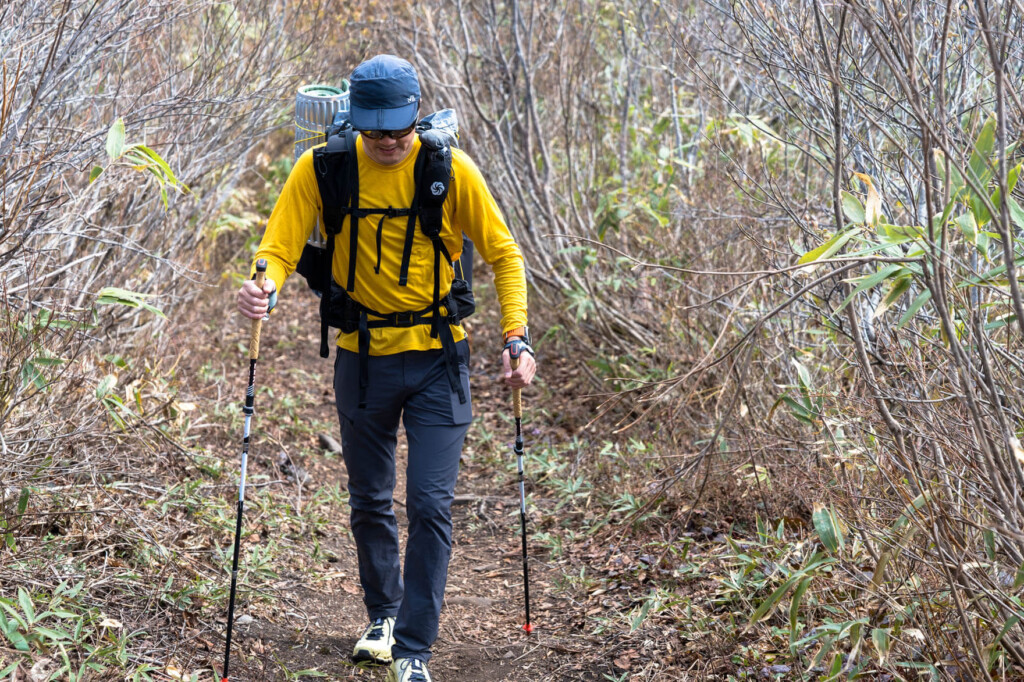
The layer worn directly on the skin the base layer . It absorbs sweat from the body and releases it to the outside (passing it on to the upper layer) so that it doesn't remain on the skin, keeping the skin dry and helping to maintain a constant body temperature, while also reducing the discomfort of sweaty clothing. For this reason, synthetic fibers and wool, which have excellent moisture-wicking and quick-drying properties, are the go-to fabrics for this. In hot weather, you'll often be wearing just this layer, and it's the piece of clothing you'll wear most often throughout the year.
Related Articles
Mid layer: temperature and humidity regulation (maintaining a constant temperature and humidity inside the garment)

The role of a mid-layer is simply to keep you warm (insulate), but more precisely, to maintain a comfortable temperature and humidity level inside the garment. By creating an "air barrier" between the outside air and the surface of your body, the mid-layer traps air warmed by body heat close to the skin, maintaining comfort. However, when you sweat, another important role of the mid-layer is its "breathability" which helps to expel moisture (water vapor) that has been transferred from the skin to the base layer and then to the mid-layer.
A midlayer must fulfill these two opposing functions of "trapping" and "exhausting," and inevitably some products will be strong and some weak in one area, so unfortunately, there is no product that is "perfect in both areas" yet. This is why it is important to choose your midlayer wisely, as we will explain later.
Shell layer: blocks wind, rain, snow, and cold air (and expels moisture)
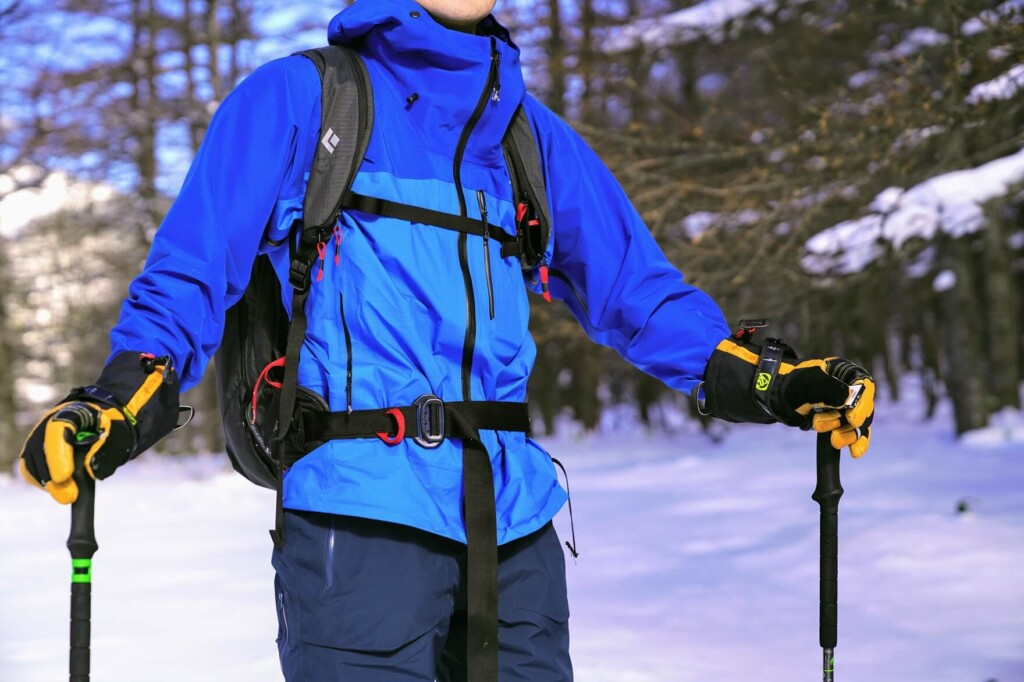
While the base and mid layers primarily serve to keep the inside of the garment comfortable, the shell layer's primary role is to protect the inside of the garment from the outside environment.
They protect the wearer's body by blocking out external stimuli that could threaten comfort, such as cold air, rain, wind, and snow. As everyone knows, the most common outdoor jackets are those made with waterproof and breathable fabrics, such as GORE-TEX. However, there are also several types of shell layers depending on the purpose, such as "windshells" that do not require protection from the rain, and "softshells" that prioritize ease of movement even if waterproofing is not required (more on this in the article on hard shells below). Waterproof and breathable shell layers block wind and water from the outside while simultaneously allowing moisture from the inside to escape.
Related Articles
Point 2: Know the types of synthetic insulation and their characteristics
Now that we understand the role of layering, we can finally get to the heart of choosing a mid-layer. As mentioned above, the main role of a mid-layer is to insulate and keep warm, but does that mean the more heat it provides, the better? Of course, it's not that simple.
Of course, the coldness varies depending on the season, so it's important to choose a garment with just the right amount of warmth (appropriate thickness).
However, what's more important when doing outdoor activities like mountain climbing is that you need to stay just warm enough in each of the various situations, from when you start walking until you reach bed.
The functions required for cold weather clothing that is just right for when you're standing still in the freezing cold are completely different from those required for cold weather clothing that is suitable for climbing a steep slope.As I wrote earlier, there is still no single piece of clothing that provides just the right amount of comfort at all times in every situation you spend in the field.
The simplest yet smartest way to ensure just the right amount of comfort in all low temperatures is to use multiple mid-layers with different capabilities. To do this, you first need to know the most common types of mid-layers you can wear in the mountains.
Type 1: Synthetic insulation for warmth
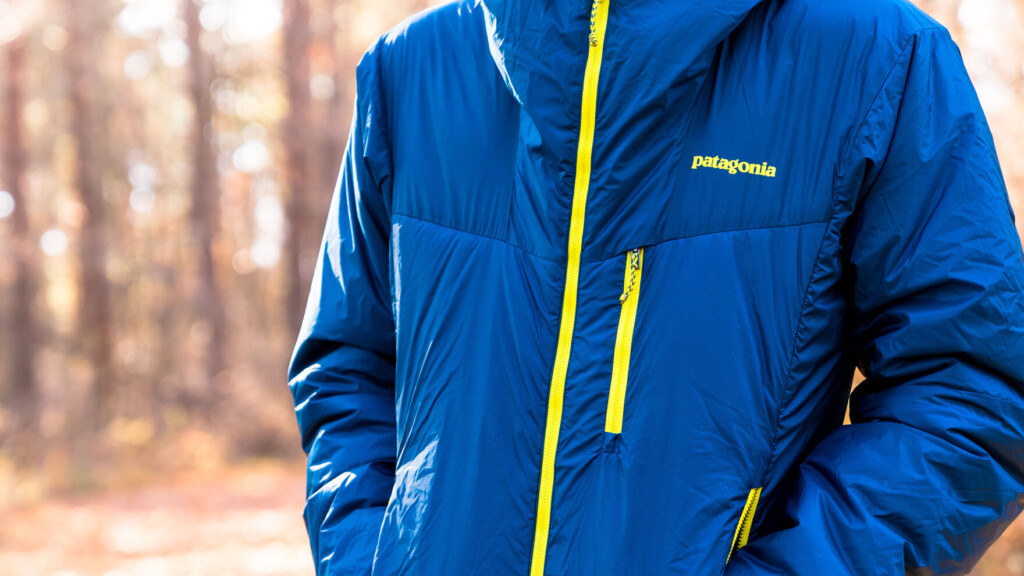
First of all, there are synthetic insulation jackets, which aim to perform the same role as down (feathers), being as light as possible while still providing high insulation. Their distinctive feature is that they offer insulation per weight approaching that of down, while also being resistant to getting wet. This toughness is an important advantage when outdoors, as they retain their heat retention even when soaked with sweat, rain, or snow, and the more intense the activity, the more situations in which synthetic insulation is useful. Another major attraction is their ease of care, as they are easy to wash. There are a wide variety of brands of typical padding materials, including PrimaLoft®, PlumaFill, AIR FLAKE®, Climashield®, Coreloft, Exceloft, and Thinsulate.
Until now, it was impossible to catch up with natural down in terms of "insulating power per weight," but in recent years, high-tech materials such as "aerogel" have made remarkable advances in performance and ease of use, and there is no doubt that it is now coming very close.
However, even this type of synthetic insulation that prioritizes heat retention has varying degrees of heat retention depending on the amount (thickness) of padding, so you will need to choose the appropriate weight depending on how cold you will be wearing it in.
Related Articles
Type 2: Active insulation with enhanced functionality for active wear
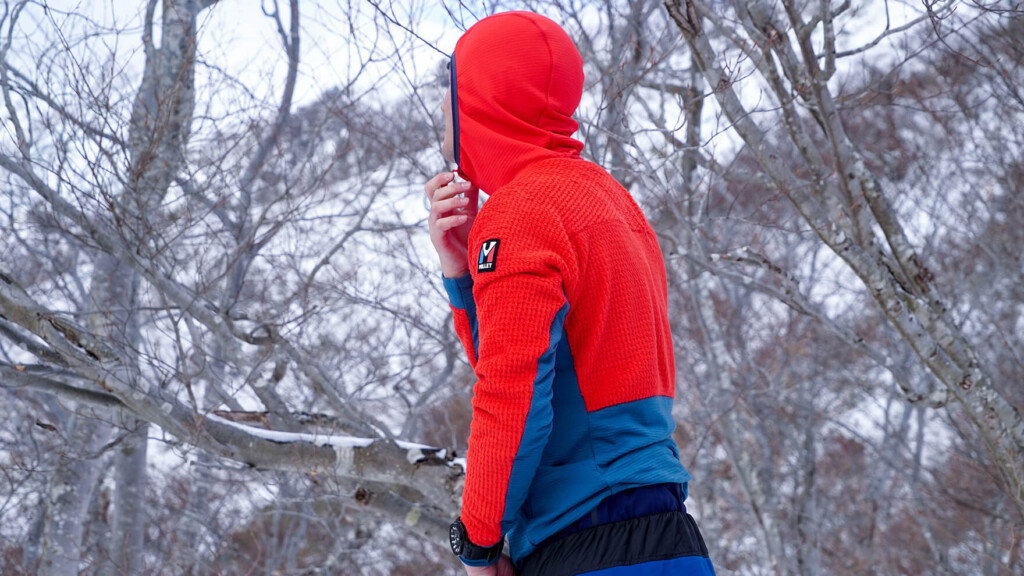
The other is "Active Insulation," a next-generation, highly breathable insulation that was developed as a derivative product of the synthetic fiber insulation mentioned above and has become firmly established in recent years.
In terms of material, it is a pasted synthetic fiber padding, but although it does not match the above type in terms of heat retention per weight, it has the characteristic of drying faster and breathable, and keeping the inside of the clothing dry in the unlikely event that you sweat.
Furthermore, many models are stretchy and sweat-absorbent, making them suitable for more active scenes. They are surprisingly comfortable even when you are sweating vigorously in low temperatures, so you can wear them for long periods of time while you are active.
Active insulation jackets are essentially "cold weather clothing that you can move in and wear all the time." While their maximum insulation value isn't as high as the warmth-focused types mentioned above, they can be worn continuously even when your body temperature rises, making them an indispensable mid-layer for winter mountain climbing and backcountry adventures where it's difficult to take off or put on.
Representative materials include Polartec® Alpha®, Teijin OCTA, Toray 3DeFX+, Patagonia Full Range, THE NORTH FACE Ventrix™, and Primaloft® Gold Active Evolv, and new materials are constantly being introduced by various manufacturers.
Type 3: Balanced
The third type is what we might call an "all-rounder" that offers a good balance of both of the above. While not as breathable as Active Insulation, the all-rounder offers adequate warmth, is lightweight, and compact, making it a reliable choice when you're unsure which to choose, and is useful all year round, whether as active wear in the fall and winter, or as cold weather wear in the spring and summer.
Point 3: Choose according to the occasion (timing)
Now that we know that synthetic insulation has various functional features depending on the material and structure, we understand that the best way to choose the perfect piece is to use it depending on the situation in which you will be wearing it.
It is important to determine the functions that are important in each situation and select the appropriate clothing for that. Of course, there may be times when you can only choose one piece of clothing due to budget or physical constraints, but being creative in those situations is what makes choosing outdoor gear difficult, but also what makes it fun.
For people who plan to wear cold weather clothing in situations where they won't be moving around much (and won't sweat), we recommend synthetic insulation that prioritizes warmth.
On the other hand, if you want to wear it while active in cold weather, it is better to choose the "active insulation" or "balanced" type.
If you are camping and will be both active and still, it is best to use "active insulation" while you are out and then "synthetic insulation that prioritizes warmth or a down jacket" when you arrive at the tent site. Of course, depending on the item, it may be possible to get by with just one "balanced insulation."
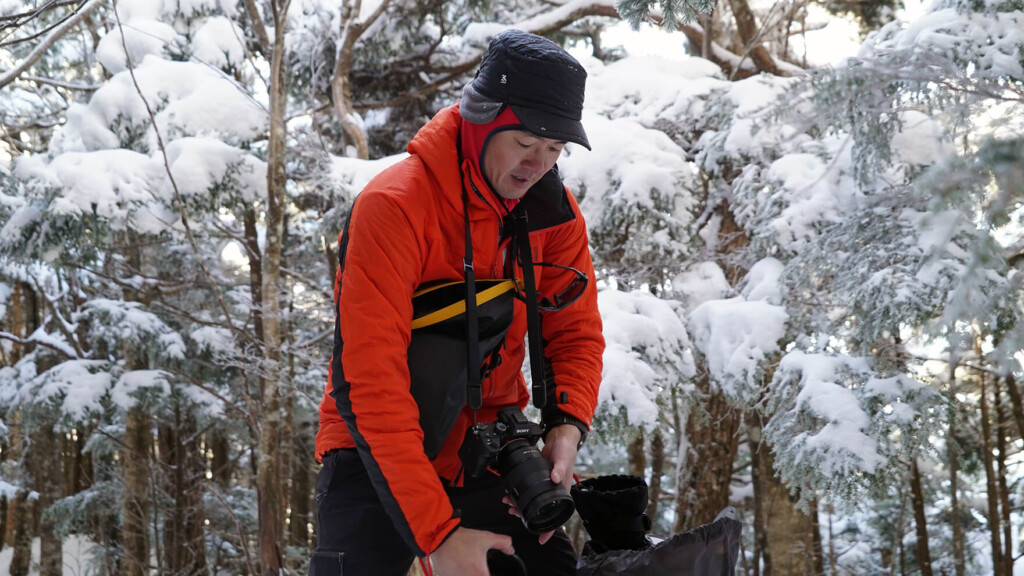
Point 4: Choose whether to wear it as an outer layer or not
In addition to the traditional, orthodox "padded + outer and inner fabric" construction of jackets, recent synthetic insulation also includes "padded only" insulated jackets that at first glance look like fleece (in fact, an increasing number of brands are classifying these as "fleece").
The traditional type, sandwiched between two shell fabrics, provides wind protection and is scratch-resistant and abrasion-resistant, making it ideal for use as an outer layer. However, because the shell fabric does not allow wind to pass through, it does not offer the exceptional breathability of a "filled-only" jacket.
On the other hand, jackets that are "only padded" allow air to pass through easily, making them very comfortable when your body is hot from intense exercise, but when your body is not overheated, the wind passing through the garment can be too cold, making them difficult to use as an outer layer. However, this can be overcome by combining it with a shell layer, so this disadvantage is not unavoidable.
In other words, it's not a question of which is better or worse, but rather the important thing is to make a comprehensive judgment based on your purpose and your own equipment and use them properly.
Point 5: Other points to check when choosing winter clothing
Once you have chosen the type, volume, and structure of your jacket, I will finally list some other small details that you should pay attention to based on my personal experience.
Position and number of pockets
When used as an outer layer, it is convenient to have hand warmer pockets on both sides, but if you are wearing it as a mid-layer, I personally feel that pockets on both sides are not necessarily necessary. The most important pocket for both outer and mid-layer garments is the chest pocket. It is best if it is large enough to fit a smartphone.
Advantages and disadvantages of having a hood or not
Whether or not you have a hood will make a difference in whether or not you can keep your head warm. Naturally, a hood will provide better protection from the cold if you think about it alone, but it's also important to consider how it fits in with your other layering. Be careful of what's known as "hood congestion."
For example, if your base layer, mid-layer, and outer layer all have hoods, it can create quite a lot of congestion around your neck, making you feel hot, bulky, and breathless. At the very least, you can consider it sufficient if your outer layer has a hood and you can keep your neck warm with a balaclava or something similar. In that case, a jacket without a hood is sufficient as your mid-layer. I actually quite like this pattern.
The mainstream is a stretchy material that fits the size of your head, or one that can be adjusted with a drawstring. If the pattern is not that right, it can be uncomfortable because if it doesn't fit your size, air will leak or your vision will be blocked if it is over. Also, when it comes to warm-weather clothing, which is intended to be outer, it is often made larger with the assumption that it will be worn over a helmet, so this may vary in preference.
summary
Like any other mountain gear, synthetic insulation jackets see the emergence of new materials and features every year, so the important thing is to understand the product's features (pros and cons) and wear it in a way that suits your usage and preferences. We hope that this article will help you find the ideal insulation for you.





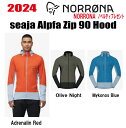


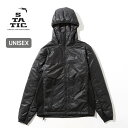






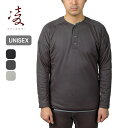


 [Fall/Winter 2025] Down? Synthetic? Fleece? The key to comfortable layering is choosing the right material. The best mid-layers for mountaineering (cold weather gear) by type, and tips for choosing the right one.
[Fall/Winter 2025] Down? Synthetic? Fleece? The key to comfortable layering is choosing the right material. The best mid-layers for mountaineering (cold weather gear) by type, and tips for choosing the right one.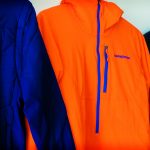 I'm left wearing it and not getting cold and sweaty! 7 recommended synthetic fiber insulation for your activities
I'm left wearing it and not getting cold and sweaty! 7 recommended synthetic fiber insulation for your activities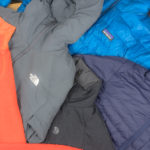 Comparative review: I learned the best choice of synthetic insulation jackets after wearing this winter
Comparative review: I learned the best choice of synthetic insulation jackets after wearing this winter "Moving" winter clothes! 7 reasons why we recommend modern synthetic fiber insulation and 7 popular items
"Moving" winter clothes! 7 reasons why we recommend modern synthetic fiber insulation and 7 popular items